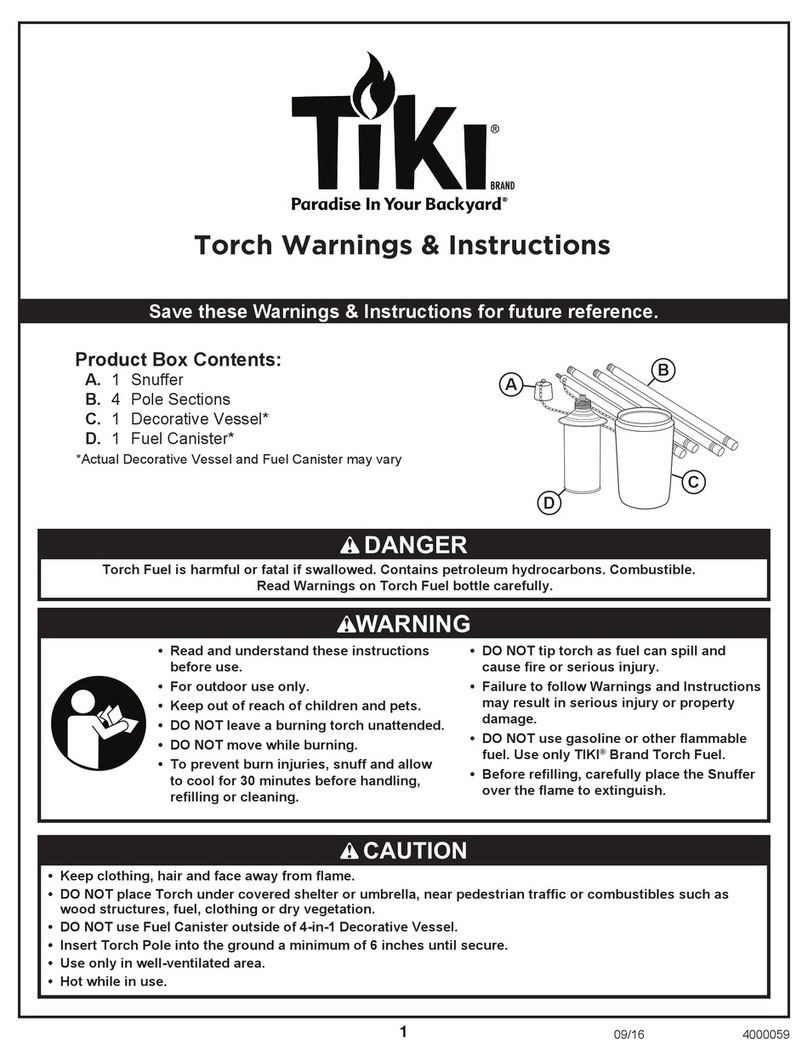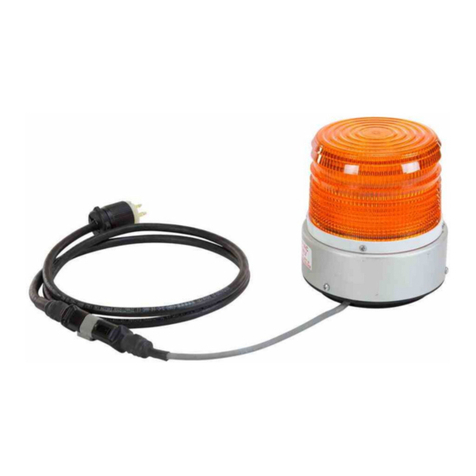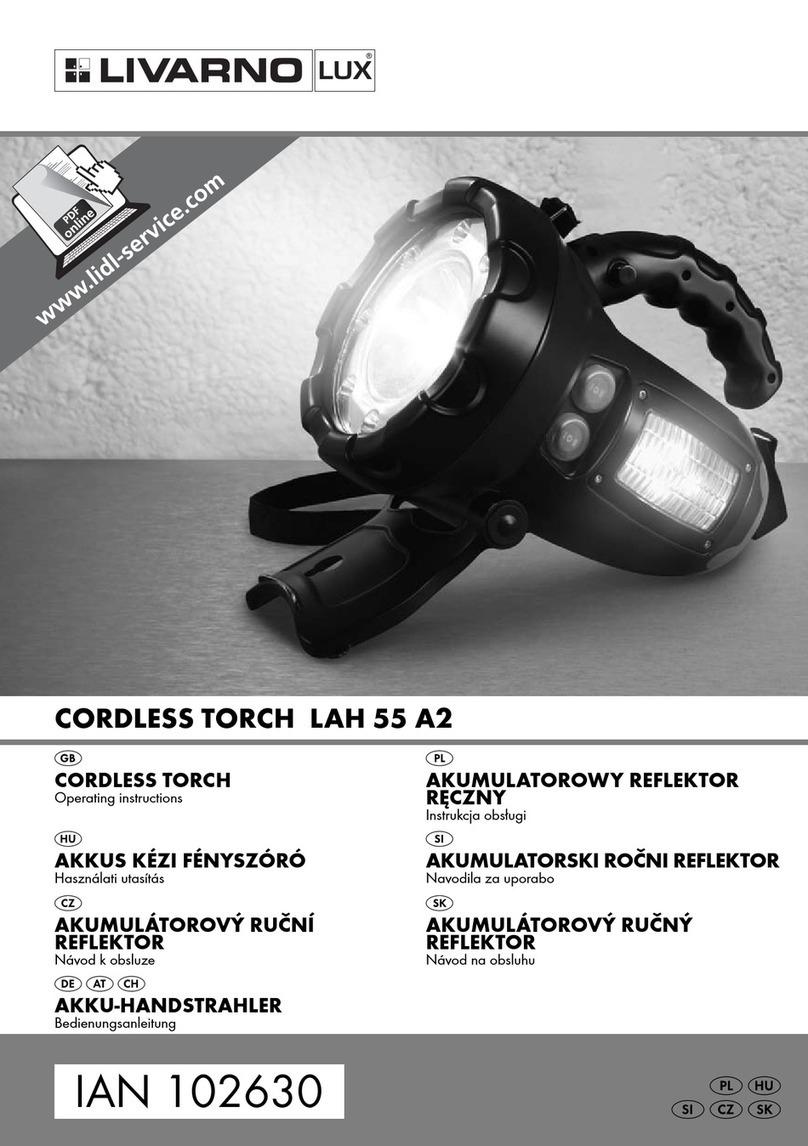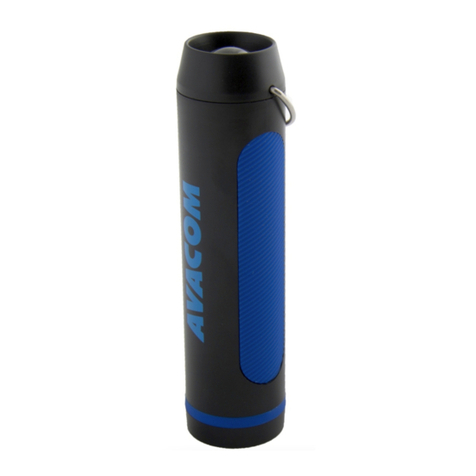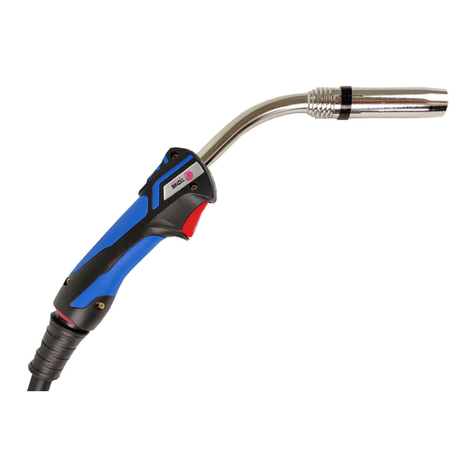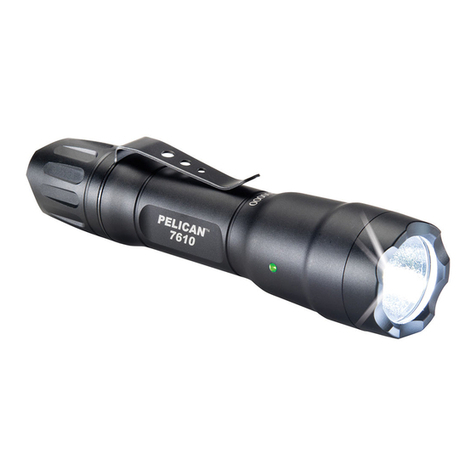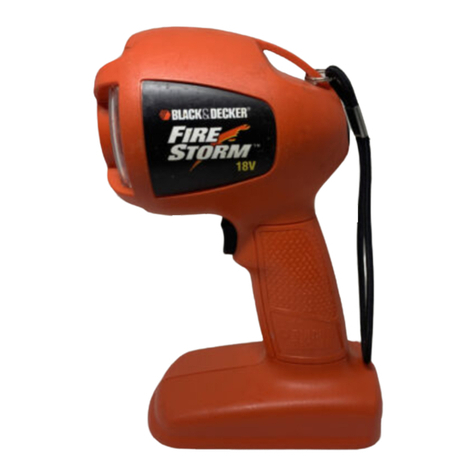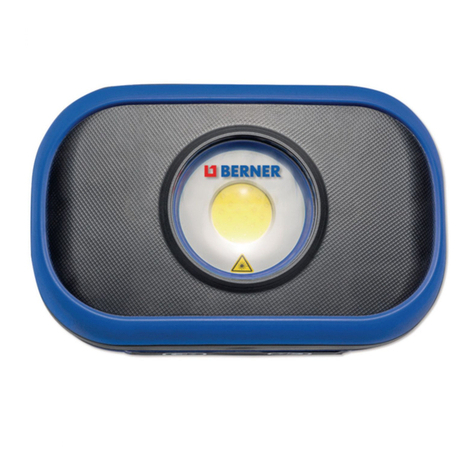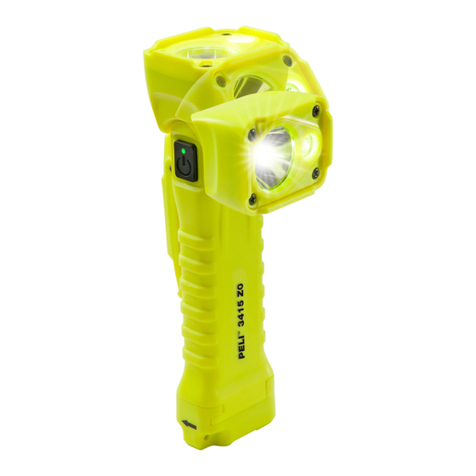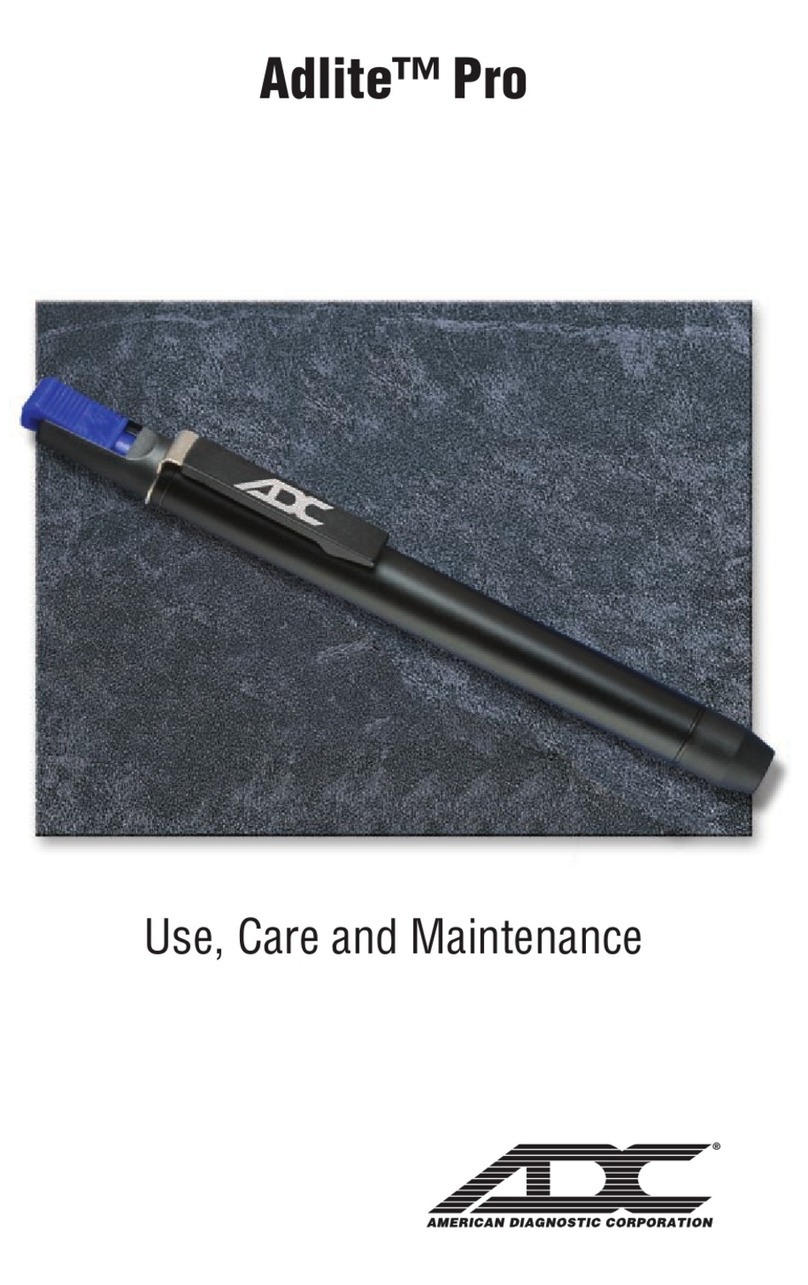
rii$i$i$
Using E-TTL & i-TTL in Shooting Modes
Iusi set the camera's shooting rtoclc to <AY/A>(aperture priority AE),
<TY/S>(shutter priorit,v) or <l'I> (manual) and vou can use
F. T1 L/i'TTi- autoflash
If you use the .<DEP> or <A-DEP> shooting mode, the result will be the
sarne as using <P>(Progrirm) mode.
Flash Sync Speeds and Apertures Used
l/X sec. is the camera's rnaximum flash sync speed.
Wtt Flash Exposure Bracketing (FEB)
Push the Up/Dorvn keys to set your desi red exposure brackcting value
'l1le FEB has a range of 0-3.0
TV
Select this mode when you want to set the shutter speed manually.
The camera will then automatically set aperture matching the
shutter speed to obtain a standard exposure. Ifthe aperture display
blinks, it means that the background exposure will be under or
overexposed.Adjust the shutter speed until the aperture display
stops blinking.
AV
Select this mode when you want to set the aperture manually.
The camera will then automatically set the shutter speed to match.
If the background is dark like a night scene, a slower shutter speed
wiil be used to obtain a standard exposure ofboth the subject and
background. Standard exposure of the main subject is obtained with
the flash, while a standard exposure ofthe background is obtained
with a slow shutter speed. Since a slow shutter speed is being used
for lowJight scenes, using a tripod is recommended. If the shutter
speed display blinks, it means that the background exposure will be
over or under exposed. Adjust the aperture value until the shutter
speed display stops blinking.
NT
Select this mode when you want to set both the shutter speed and
aperture manually. Standard exposure ofthe main subject is obtained
with the flash. The exposure ofthe background is obtained with the
shutter speed and aperture combination you set.
Shutter Speed Setting Aperture Setting
PSet automatically (1/60 sec.-1lX sec.) Automatic
TV/S Set manually (30 sec.-llX sec.) Automatic
AV/r\ Set automatically (30 sec.-llX sec.) M anuai
MSet manually (bulb, 30sec.-tlX sec.) Manual
r@@@Fr
,mr- |
You can take up to three shots utile
autorratically changlng the output for etrch
\h()l ilp lo: I sl,rp. in I .lrrl 'lilp iil.rcrncrrt..
(I/2 stop increnents if tlre c:rmera oniy
supports 1/2 slop incrernents). 'lhis is l<nown
:rs F'EB or Flash Exposure Bracketing. To set
IrEIl, set the camera's drive mode to single
shot arncl ensure that the flash is ready to fire before shooting.
FEB icon
12
11
